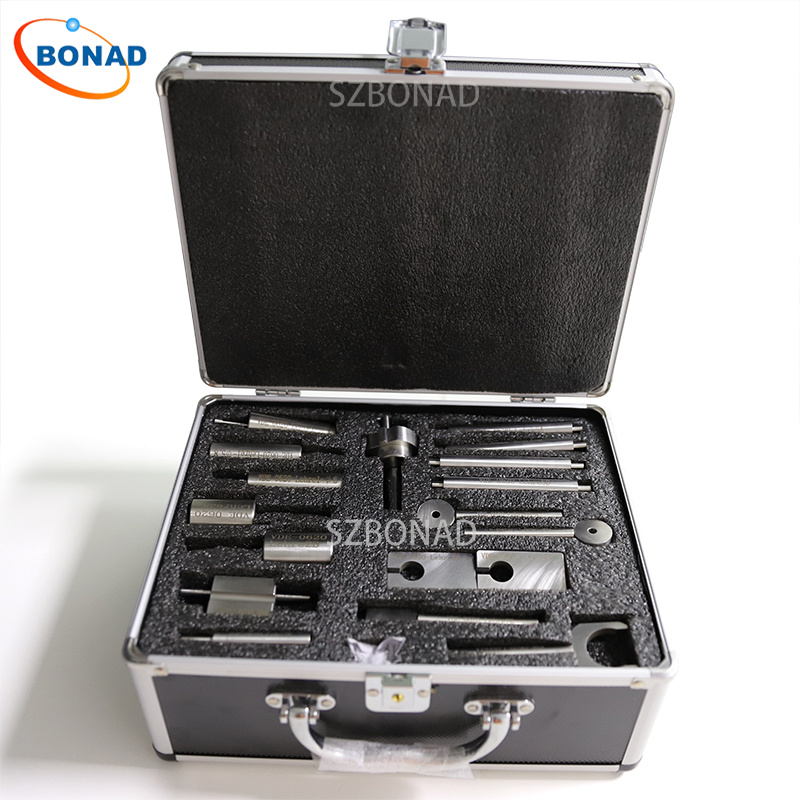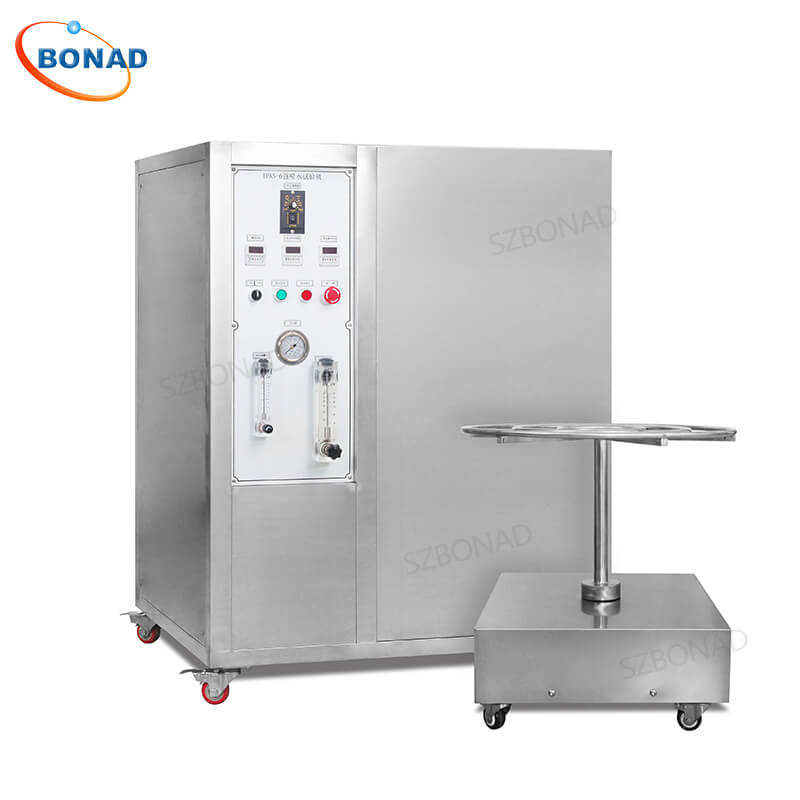Introduction
Climate test chambers, also known as climatic testing chambers, are sophisticated devices designed to replicate and control various environmental conditions. These chambers are essential for assessing the performance and stability of materials, products, or devices under different climatic scenarios. By simulating temperature, humidity, radiation, and pressure in a controlled environment, climate test chambers provide a reliable platform for scientific research, industrial manufacturing, and product development. This article delves into the key features, types, and applications of climate test chambers.
Key Features and Working Principles
- Temperature Control: Climate test chambers can precisely regulate temperature within a specified range. They can simulate extreme cold and heat conditions to test the resilience of materials and products.
- Humidity Regulation: These chambers can mimic various humidity levels, from dry to high-humidity environments, ensuring comprehensive testing under different moisture conditions.
- Radiation Simulation: Some climate chambers are equipped to simulate solar radiation, allowing researchers to study the effects of different lighting conditions on objects.
- Pressure Control: Certain applications require the simulation of various air pressure environments. Climate test chambers can adjust pressure levels to meet these needs.
- Precision Control System: Advanced control systems enable real-time monitoring and adjustment of environmental parameters, ensuring high accuracy and reliability in testing.
- Data Recording and Analysis: Equipped with data recording and analysis functions, these chambers allow researchers to collect and analyze data generated during tests, facilitating thorough performance evaluations.
Types of Climate Chambers
Climate test chambers come in various types based on their design and intended use:
- Constant Temperature and Humidity Test Chamber: Ideal for applications requiring precise temperature and humidity control, such as electronics testing and materials research.
- Temperature Cycling Test Chambers: These chambers simulate changing temperature conditions to assess product stability under day-night temperature variations or seasonal changes.
- Solar Simulation Test Chamber: Used to replicate solar radiation effects on objects, crucial for the solar industry, materials research, and automotive testing.
- High Temperature Melting Test Chambers: Designed for testing material performance at high temperatures, often used in metal melting point testing and aerospace applications.
- Low Temperature Test Chamber: Essential for evaluating the reliability of products like electronic equipment and aviation components in cold environments.
- Vacuum Test Chamber: Simulates low-pressure or vacuum conditions for space exploration, aerospace applications, and electronics industry testing.
- Climate Simulation Test Chamber: Combines multiple factors such as temperature, humidity, and radiation for comprehensive climate simulations used in scientific research and product development.
Applications of Climate Test Chambers
Climate test chambers have widespread applications across various fields:
- Electronics Industry: Testing electronic devices’ performance under different temperature and humidity conditions to ensure reliability across diverse environments.
- Automotive Industry: Evaluating automobile parts’ performance under extreme climatic conditions to ensure vehicle safety and reliability.
- Aerospace Field: Assessing the stability of plane components and spacecraft materials to ensure operational reliability in space environments.
- Materials Research: Studying material durability under different climatic conditions to aid in new material development and product design improvements.
- Medical Equipment: Ensuring medical devices’ stability under various environmental conditions to guarantee patient safety and device reliability.
- Solar Industry: Testing solar panels’ performance under different climatic scenarios to ensure efficient operation across varied environments.
- Food and Pharmaceutical Industry: Evaluating storage conditions for food and pharmaceuticals to maintain quality standards under varying temperatures and humidity levels.
- Research and Development: Facilitating scientific research and new product development by simulating different climate conditions for performance assessments.
Conclusion
Climate test chambers are indispensable tools in modern industry, manufacturing, and product innovation due to their ability to precisely control environmental parameters such as temperature, humidity, radiation, and pressure. By simulating diverse climatic conditions within a laboratory setting, these chambers provide a reliable platform for evaluating the performance of materials, products, and equipment. Their use not only ensures product stability under various environmental conditions but also promotes sustainable development through new material research and innovative product development.


